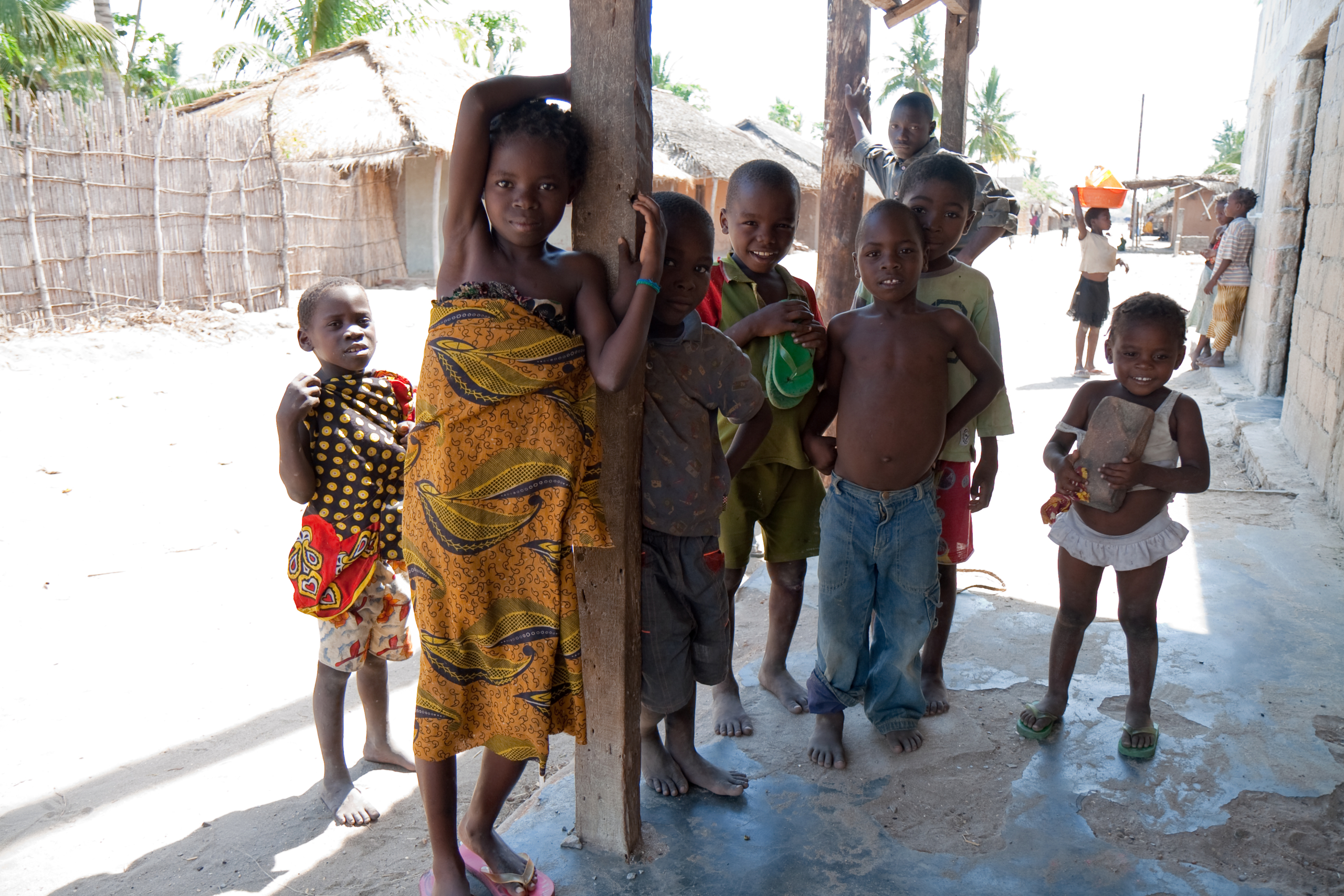The Fight Against Child Poverty In Mozambique
 In 1975, a new nation hugging the eastern seaboard of sub-Saharan Africa planted its flag on the world’s soil: Mozambique. Since then, Mozambique has grown into a hustling and bustling nation of 32 million inhabitants. With 18.9 million people currently impoverished, Mozambique remains one of the poorest nations in the world. Forty-six percent of Mozambican children aged 0–17 are considered multidimensionally poor, with nearly 10 million children experiencing some form of poverty. The country’s high child poverty rate has driven many organizations worldwide to address this dire issue.
In 1975, a new nation hugging the eastern seaboard of sub-Saharan Africa planted its flag on the world’s soil: Mozambique. Since then, Mozambique has grown into a hustling and bustling nation of 32 million inhabitants. With 18.9 million people currently impoverished, Mozambique remains one of the poorest nations in the world. Forty-six percent of Mozambican children aged 0–17 are considered multidimensionally poor, with nearly 10 million children experiencing some form of poverty. The country’s high child poverty rate has driven many organizations worldwide to address this dire issue.
Here are 4 Organizations Ending Child Poverty in Mozambique
- Save the Children – Save the Children is an international organization dedicated to alleviating child poverty around the globe. Established almost 100 years ago, tens of millions of kids worldwide benefit from the efforts of this organization. Mozambique remains a key target area, where they address many critical issues necessary to improve adolescent health and welfare. Firstly, Save the Children establishes a tight-knit bond with Mozambique’s local communities to develop better practices for newborn, maternal and child health programs. Specifically, they focus on providing support through nutrition and HIV prevention. Save the Children has helped provide 201,697 children with a healthy start to life. Another vital aspect of child welfare is supporting their emotional and mental health. To improve the quality of Mozambique’s children’s mental health, Save the Children institutes “art as therapy” initiatives, a creative way to engage children and help improve their mental well-being. They seek to promote education through quality preschool and early literacy programs.
- Child Fund – Established in 1938, Child Fund is another organization that works to lower the world’s child poverty and raise the standard of living for children. In Mozambique, they have two key focus areas: health and education. Child Fund partners with Mozambique’s health department and supports the doctors, nurses and other medical personnel. They assist these vital members of society in moving from clinic to clinic, providing children with the necessary vaccinations to protect against diseases infecting Mozambique’s adolescent population. Their second focus area is education. In Mozambique, only 59% of the population ages 15 and older can read and write. This deficit has prompted Child Fund to create relationships with parent–teacher councils to demonstrate the value of education. In addition, they help construct the school while providing basic classroom necessities like desks, chairs and textbooks.
- UNICEF – Active in more than 190 countries, UNICEF is one of the foremost organizations working for the rights and prosperity of children all over the world. UNICEF closely engages with the Government of Mozambique in key areas of health, education and hygiene. The organization focuses on improving maternal, newborn and primary childhood health and expanding immunization and vitamin A supplementation services. They support the implementation of the Nutrition Intervention Package (PiN), an Infant and Young Child Feeding (IYCF) awareness program for educating caregivers on how to develop a diet with local crops. UNICEF also helps deliver clean water, sanitation and hygiene (WASH) services in communities and schools to promote hygiene among children. In the field of education, they aim to enhance the quality of primary education using innovations such as digital learning while building school infrastructure in areas damaged by natural disasters.
- Mozambique’s Child Grant – Along with the outside organizations, Mozambique’s government is also actively promoting child health and well-being. One of their initiatives is the Child Grant, a monthly cash transfer to the primary guardians of children up to 2 years. Providing benefits to the caregivers of young children allows them to seek out social services and raise their child’s living status. Currently reaching 15,000 children, Mozambique’s government desires to expand it to 250,000 children in nine out of 11 provinces by 2026.
Though Mozambique has experienced an improvement in many growth parameters, childhood poverty remains a stiff challenge, especially in rural areas. The policies and interventions to ensure child welfare by the Government and organizations will help combat this challenge and create a better future for the young population of Mozambique.
– Atheeth Ravikrishnan
Photo: Flickr
